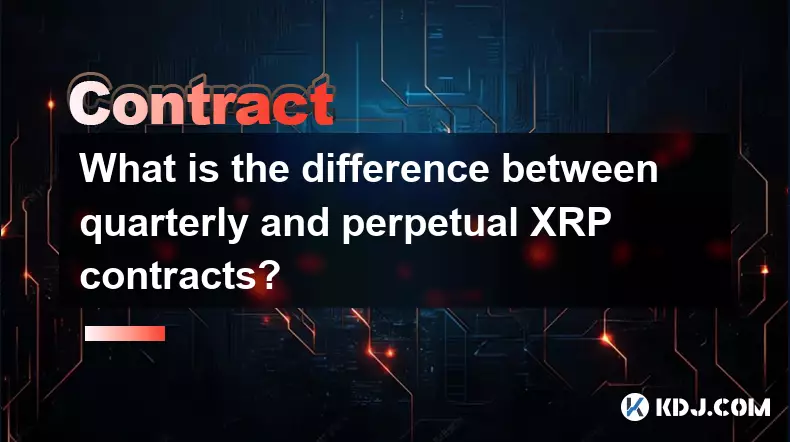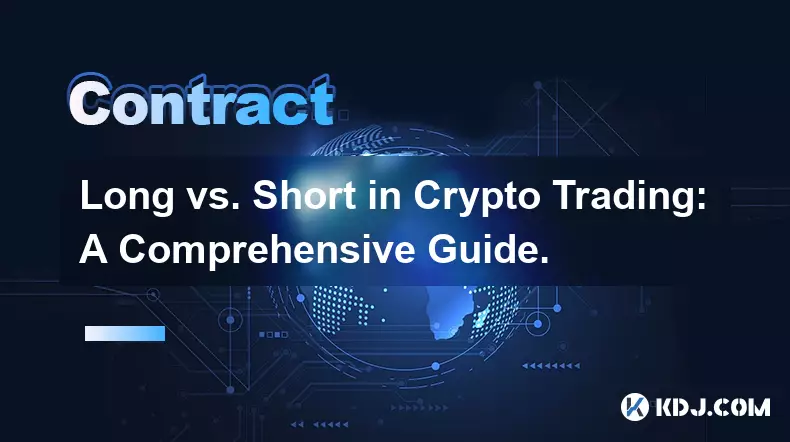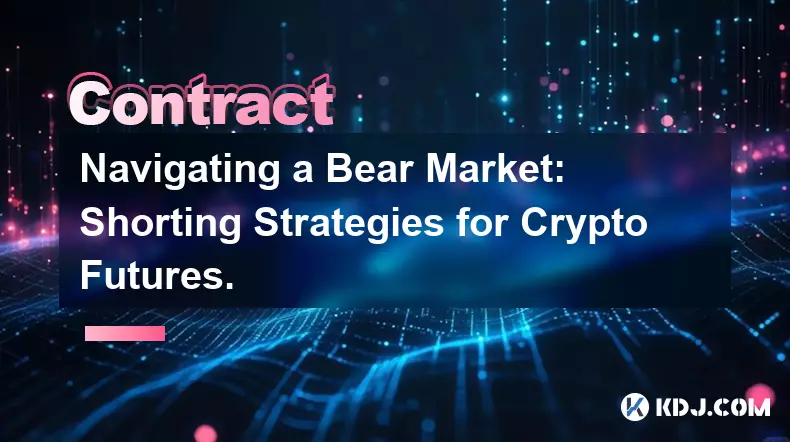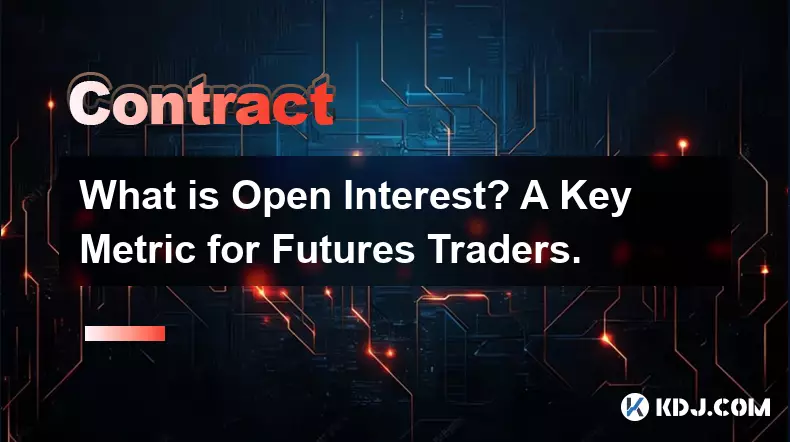-
 bitcoin
bitcoin $107015.826941 USD
-2.18% -
 ethereum
ethereum $3637.352324 USD
-5.18% -
 tether
tether $0.999831 USD
-0.02% -
 xrp
xrp $2.338078 USD
-6.23% -
 bnb
bnb $998.272150 USD
-6.97% -
 solana
solana $167.598257 USD
-10.12% -
 usd-coin
usd-coin $0.999863 USD
0.01% -
 tron
tron $0.282573 USD
-5.09% -
 dogecoin
dogecoin $0.169891 USD
-7.39% -
 cardano
cardano $0.557554 USD
-7.03% -
 hyperliquid
hyperliquid $39.914802 USD
-5.85% -
 chainlink
chainlink $15.414549 USD
-9.97% -
 bitcoin-cash
bitcoin-cash $510.361911 USD
-4.26% -
 ethena-usde
ethena-usde $0.999194 USD
-0.03% -
 stellar
stellar $0.282092 USD
-6.07%
What is the difference between quarterly and perpetual XRP contracts?
Quarterly XRP contracts suit long-term traders with fixed expiry and settlement, while perpetuals offer flexible, continuous trading via funding rates—ideal for short-term speculation.
Oct 20, 2025 at 09:18 pm

Understanding Quarterly XRP Contracts
1. Quarterly XRP contracts are futures agreements that expire at the end of each quarter, typically in March, June, September, and December. These contracts have a fixed maturity date, meaning traders must settle or roll over their positions before expiration.
2. The pricing of quarterly contracts often reflects long-term market sentiment, as they are influenced by macroeconomic factors and broader market trends over a three-month horizon.
3. Institutions and longer-term traders prefer quarterly contracts due to their alignment with financial reporting cycles and strategic planning timelines.
4. Liquidity in quarterly contracts can vary significantly as the expiration date approaches, with volume often increasing during rollover periods.
5. Settlement for these contracts is usually conducted in cash or physical delivery, depending on the exchange’s rules, adding an extra layer of complexity compared to perpetuals.
Exploring Perpetual XRP Contracts
1. Perpetual XRP contracts do not have an expiration date, allowing traders to maintain open positions indefinitely as long as margin requirements are met.
2. These contracts use a funding rate mechanism to tether their price to the spot market. Every few hours, traders either pay or receive funding based on whether the contract trades above or below the index price.
3. Perpetuals offer greater flexibility for short-term speculation and leverage trading, making them popular among retail traders and day traders.
4. Because they don’t require rolling over positions, perpetual contracts eliminate the need for constant management around expiry dates, reducing operational friction.
5. High-frequency trading bots and algorithmic strategies are commonly deployed on perpetual markets due to their continuous nature and deep liquidity pools.
Key Differences in Trading Mechanics
1. Expiration structure sets the core distinction: quarterly contracts demand position closure or rollover, while perpetuals remain active without time constraints.
2. Funding rates in perpetual contracts create recurring cost implications for holding long or short positions, a factor absent in quarterly futures.
3. Price divergence between perpetual and quarterly contracts can occur temporarily, especially during volatile market phases, creating arbitrage opportunities.
4. Margin calculations differ across platforms, but perpetuals often allow higher leverage, amplifying both gains and liquidation risks.
5. Market depth and order book dynamics tend to favor perpetual contracts on major exchanges, driven by higher participation from speculative traders.
Liquidity and Market Participation Patterns
1. Perpetual XRP contracts generally exhibit superior liquidity, particularly on decentralized and centralized derivatives platforms focused on crypto-native users.
2. Institutional inflows are more visible in quarterly contracts, where regulatory clarity and settlement mechanisms align better with traditional finance practices.
3. The 24/7 nature of cryptocurrency markets intensifies the appeal of perpetuals, enabling continuous exposure without interruption from expiries.
4. Arbitrage desks actively monitor the basis spread between quarterly and perpetual prices, executing trades that help converge discrepancies.
5. Exchange incentives such as fee rebates and liquidity mining programs disproportionately benefit perpetual markets, further widening the liquidity gap.
Frequently Asked Questions
What determines the funding rate in XRP perpetual contracts?The funding rate is calculated based on the difference between the perpetual contract price and the underlying XRP spot index. If the perpetual trades above the index (contango), longs pay shorts. If below (backwardation), shorts pay longs. Rates are updated every eight hours.
Can quarterly XRP futures be closed before expiration?Yes, traders can close their quarterly futures positions at any time before the settlement date. Most participants exit or roll their positions into the next quarter’s contract to maintain exposure.
Why do some traders prefer quarterly contracts despite lower convenience?Quarterly contracts provide clearer risk timelines and are less affected by funding costs. They also serve hedging purposes for businesses holding XRP over defined periods, avoiding the unpredictable outflows associated with perpetual funding payments.
Are perpetual contracts available for all cryptocurrencies?Most major cryptocurrencies including XRP, Bitcoin, and Ethereum have perpetual futures listed on prominent exchanges like Binance, Bybit, and OKX. Availability depends on exchange offerings and regulatory considerations in specific jurisdictions.
Disclaimer:info@kdj.com
The information provided is not trading advice. kdj.com does not assume any responsibility for any investments made based on the information provided in this article. Cryptocurrencies are highly volatile and it is highly recommended that you invest with caution after thorough research!
If you believe that the content used on this website infringes your copyright, please contact us immediately (info@kdj.com) and we will delete it promptly.
- Bittensor's Wild Ride: TAO Token's Volatile Moves Explained
- 2025-11-05 05:20:02
- Decoding Crypto's Wild Ride: Insights on Bitcoin, XRP, and the Future of Digital Assets
- 2025-11-05 05:30:01
- ASTER Crash, Binance & Market Chaos: Decoding Crypto's Wild Ride
- 2025-11-05 05:30:02
- BNB Price Plunge: Crypto Sell-Off Deepens, What's Next?
- 2025-11-05 05:50:13
- Unlocking Crypto's Future: NIP Group's Bitcoin Bet, Altcoin Liquidity Boost, and the Rise of Little Pepe
- 2025-11-05 05:50:13
- Backend-for-Frontend, Token Theft, and Security: Navigating the Treacherous Waters of Modern Web Apps
- 2025-11-05 05:10:01
Related knowledge

Long vs. Short in Crypto Trading: A Comprehensive Guide.
Nov 04,2025 at 07:39pm
Understanding Long and Short Positions in Cryptocurrency Markets1. In crypto trading, taking a long position means buying a cryptocurrency with the ex...

The 2025 Guide to Profitable Crypto Futures and Derivatives Trading.
Nov 01,2025 at 07:39pm
Understanding Crypto Futures and Derivatives in 20251. Crypto futures are financial contracts obligating the buyer to purchase, or the seller to sell,...

Navigating a Bear Market: Shorting Strategies for Crypto Futures.
Nov 03,2025 at 07:18pm
Understanding Bear Market Dynamics in Crypto1. A bear market in the cryptocurrency space is characterized by prolonged price declines, often driven by...

What is Open Interest? A Key Metric for Futures Traders.
Nov 03,2025 at 11:18pm
Understanding Open Interest in Cryptocurrency Futures1. Open interest refers to the total number of active futures contracts that have not been settle...

How to Trade Crypto Futures on Bybit: A Complete Walkthrough.
Nov 04,2025 at 10:50pm
Setting Up Your Bybit Account for Futures Trading1. Visit the official Bybit website and click on the 'Sign Up' button to create a new account. Provid...

Identifying Support and Resistance Levels for Crypto Contract Trading.
Nov 04,2025 at 06:15pm
Understanding Support and Resistance in Crypto Markets1. Support and resistance levels are foundational concepts in technical analysis, especially wit...

Long vs. Short in Crypto Trading: A Comprehensive Guide.
Nov 04,2025 at 07:39pm
Understanding Long and Short Positions in Cryptocurrency Markets1. In crypto trading, taking a long position means buying a cryptocurrency with the ex...

The 2025 Guide to Profitable Crypto Futures and Derivatives Trading.
Nov 01,2025 at 07:39pm
Understanding Crypto Futures and Derivatives in 20251. Crypto futures are financial contracts obligating the buyer to purchase, or the seller to sell,...

Navigating a Bear Market: Shorting Strategies for Crypto Futures.
Nov 03,2025 at 07:18pm
Understanding Bear Market Dynamics in Crypto1. A bear market in the cryptocurrency space is characterized by prolonged price declines, often driven by...

What is Open Interest? A Key Metric for Futures Traders.
Nov 03,2025 at 11:18pm
Understanding Open Interest in Cryptocurrency Futures1. Open interest refers to the total number of active futures contracts that have not been settle...

How to Trade Crypto Futures on Bybit: A Complete Walkthrough.
Nov 04,2025 at 10:50pm
Setting Up Your Bybit Account for Futures Trading1. Visit the official Bybit website and click on the 'Sign Up' button to create a new account. Provid...

Identifying Support and Resistance Levels for Crypto Contract Trading.
Nov 04,2025 at 06:15pm
Understanding Support and Resistance in Crypto Markets1. Support and resistance levels are foundational concepts in technical analysis, especially wit...
See all articles










































































